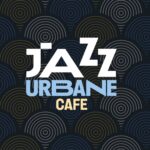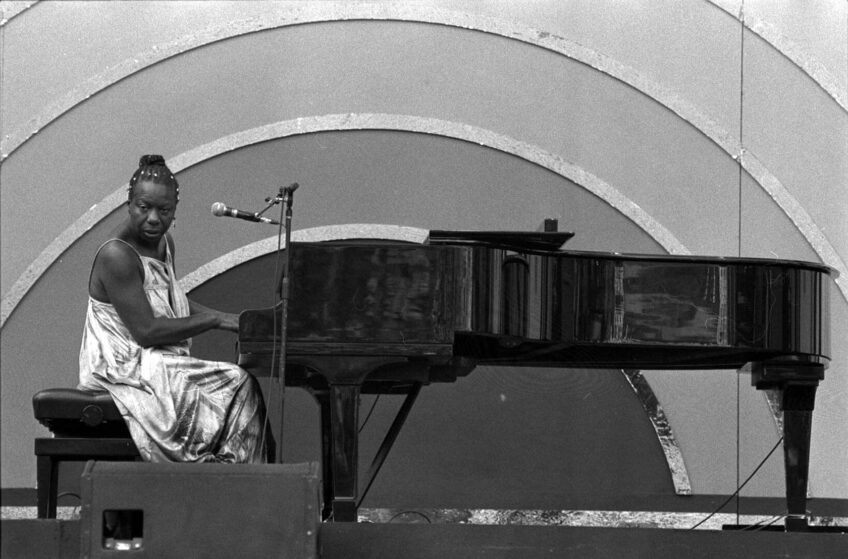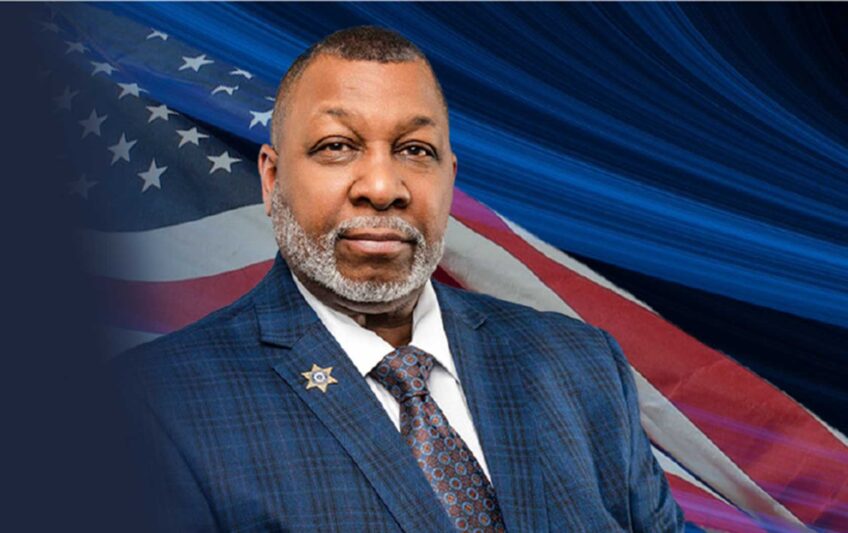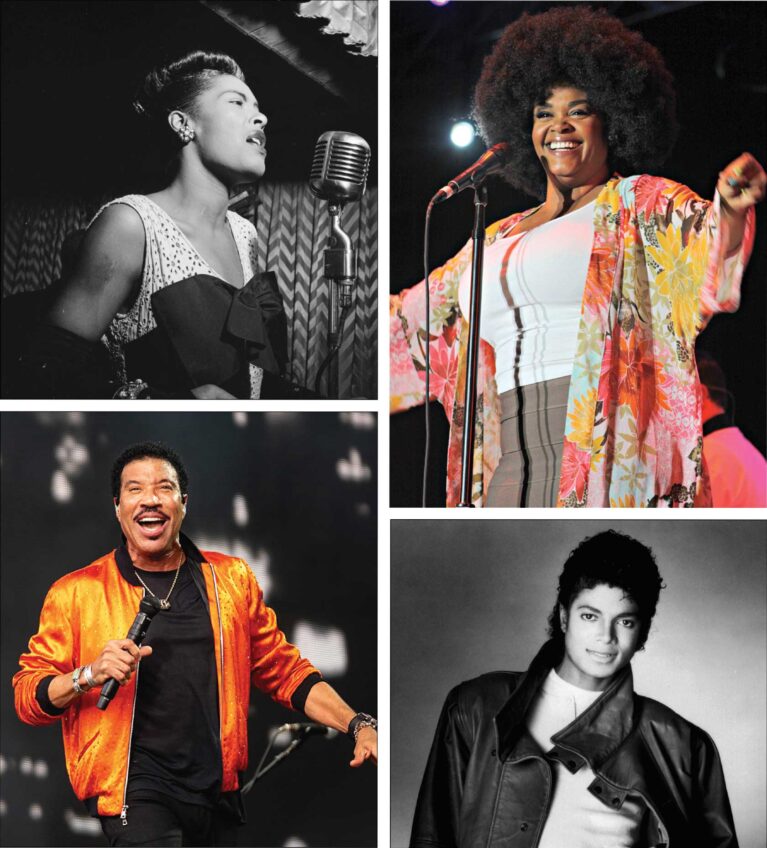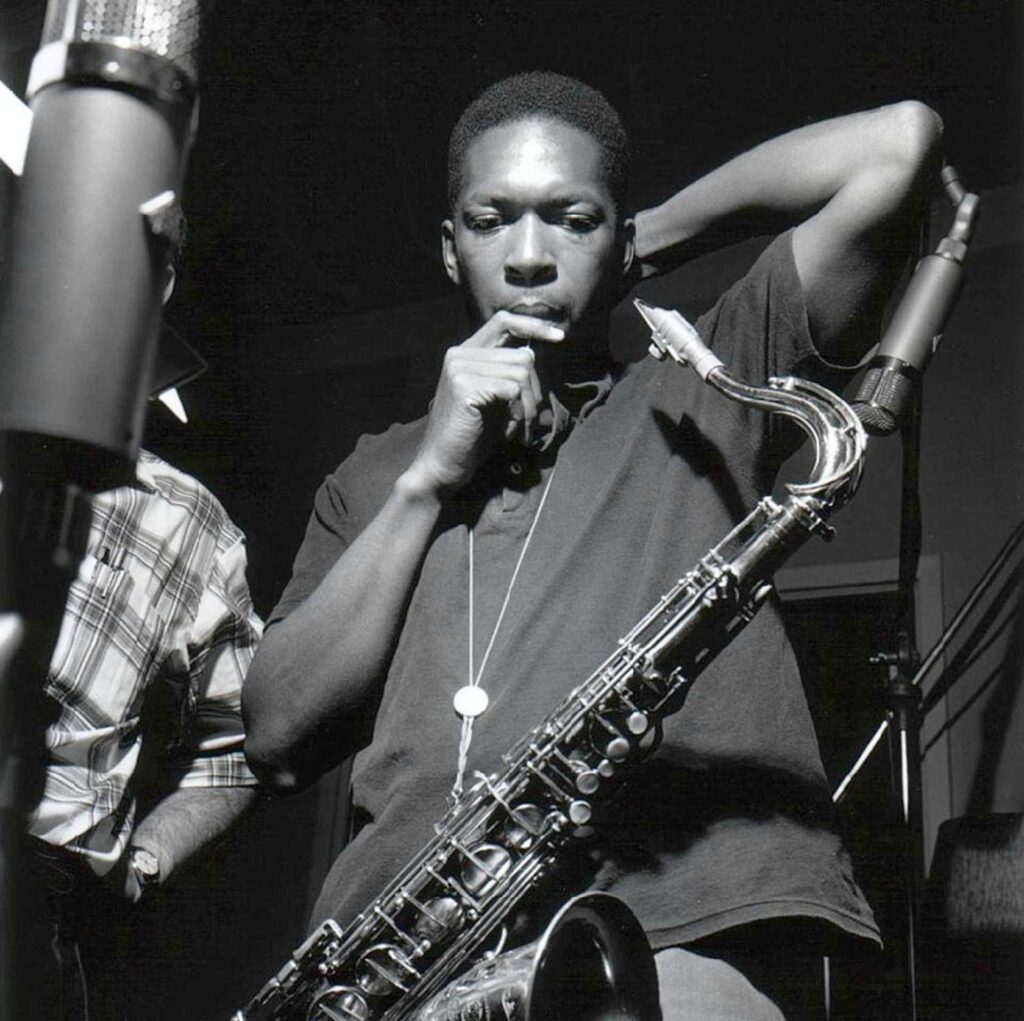
Gospel music originates from the church but is heavily influenced by the blues. Thomas Dorsey, its founder, blended popular music of the day with the spiritual significance of the church music tradition. Jazz, blues and gospel all come from spirituals; they are all connected. The writer Albert Murray put it this way:
“In truth, it is literature which establishes the context for social, political action. The writer who creates stories or narrates incidents which embody the essential nature of human (spiritual) existence … also suggests commitments … which will contribute most to man’s immediate welfare and ultimate fulfillment as a human being.”
It is from this angle that we can see how his music, too, followed his beliefs.
John Coltrane was born in 1926 in Hamlet, North Carolina, and moved later to High Point. He was surrounded by a loving family and a close-knit community; both his mother and his father participated in music and played musical instruments. Both parents were PKs, that is, pastors’ kids and members of the African Methodist Episcopal (AME) Church.
So, hymns, country blues, and big band jazz were Coltrane’s musical grounding. But it was his grandfather, the Reverend William Blair, who was a very well-respected community leader, a progressive activist, and an advocate for education, who helped shape the whole family. It was his grandfather who was the catalyst for the children to appreciate reading great books, which he gave to his grandchildren every Christmas holiday.
Following his parents’ interests in music, Coltrane began playing the clarinet, then switched to the saxophone in high school. The popular music of the day was big-band jazz. Count Basie, Ella Fitzgerald, and Lester Young ruled the radio and tour circuits, while Coltrane, as a young musician, was hooked on the popular cultural impulses of his day. But very early on, the young saxophonist began to integrate his ideas of faith and his dedication to music into an all-encompassing philosophy that defined his identity.
He wrote, “I think that the majority of musicians are interested in truth. They’ve got to be because playing something is a musical; this is a truth. If you play a musical statement, and it’s a valid statement, that’s a truth right there.”
After moving to Philadelphia in 1943, Coltrane found a thriving coterie of musicians and friends that cemented his allegiance to being a professional.
His contemporary musical influences then included many of the greats: Lester Young, Boston native John Hodges, Charlie Parker, Coleman Hawkins, and his good friend, Jimmy Heath. These were the great musicians who defined that art.
His work continued to help him move in great professional circles, playing with Dizzy Gillespie, Thelonius Monk, and many others. He was a member of Miles Davis’s ensembles, making several recordings and raising his notoriety.
The 1964 album “Love Supreme” became the triumphant clarion call to artists and the world and the seminal piece for which he is most known: the embodiment of the life practice of spiritually grounded musicians who use their work to make a difference in the world.
Love Supreme…
Elvin Jones, his dedicated drummer, said, “He was our leader and the master. What the rest of us contributed was because of his leadership and examples and stature as an artist. He created that impulse to excel.”
The record,
“It broadens the concept of what music was. It’s totally spiritual; old people appreciated it, little kids who haven’t been indoctrinated into mud can appreciate it. Every time someone hears it, that music touches them somehow,”
As several speakers in the well-viewed Ken Burns’ jazz documentary point out, Coltrane, in his later years, sought to take the music to places it had never been. He became a “savior and a hero” to many because of this, and at a time when popular musicians were, in fact, the “speakers of the generation.” James Brown, Sly and the Family Stone, Aretha Franklin, Bob Dylan, and the Beatles were such people. There was a sense that music was a dedicated art form with messages and meaning for the times and for the people.
In Philly, he studied in conservatories, played Rhythm and Blues, and performed under Dizzy Gillespie.
His numerous recordings, “Live at the Village Vanguard,” “Blues Train,” “Giant Steps,” and “My Favorite Things,” are all recordings that are a testament to his immense presence, musicality, and continued reach forward. His recording of “My Favorite Things” sold millions, crossing Coltrane over to a more commercial, popular audience as well.
After an unfortunate slip into drugs and liquor, John Coltrane underwent a spiritual awakening in 1957.
It was the idea of what music could do when you are doing this with others. His great seminal band included Elvin Jones, Jimmy Garrison and McCoy Tyner. That companionship and dedication were a model. Coltrane “raised the standards of what it means to be a dedicated musician,” shared Joshua Redman, a contemporary saxophonist.
Now seen as the “High Priest” of contemporary jazz music in his later years, the music defined the period’s unrest, including civil rights and freedom of speech protests. He believed that in these times, jazz music could speak to the soul of the time. The force, sincerity and conviction of the performance stood as a testament to what healing through music could do, along with the importance of helping one another and being committed to the uplift of the community.
The 1964 Love Supreme recording was hailed as one of the most influential recordings of all time. It had just four long movements on the album: acknowledgment, resolution pursuance, and Psalm. Very sadly and shockingly, just four years later, John Coltrane passed on July 16, 1967, at 40 years old, of cancer.
The opening to the linear notes read:
During the year 1957, I experienced by the grace of God, a spiritual awakening which was to lead me to a richer, fuller, more productive life. At that time, in gratitude, I humbly asked to be given the means and the privilege to make others happy through music. I feel this has been granted through his grace. All praise to God.
Conclusion
The other thing about Coltrane is his dedication to the idea of growing his art and enlarging and expanding his ideas. In the Jazz magazine Downbeat, he said, “But I’ve got to keep experimentation. I feel that I’m just beginning. I have part of what I’m looking for in my grasp, but not all. I’m very happy devoting all my time to music, and I’m glad to be one of the many who are striving for fuller development as musicians. Considering the great heritage in music we have, the great works of the past, the present, and the promise of those who are to come, I feel we have every reason to face the future optimistically.”
Coltrane was forever guided by great and eternal creative urge. Lift, service and the pursuit of truth are at least admirable acts as inspiring, creative empowerment builds our best in the human condition, committed to transforming our world and taking care of one another. That’s what John Coltrane believed his music and work did. These are the core measures for what defines great art and musicianship in every generation, and John Coltrane’s art makes that belief wonderfully real for us.
“This is a big, beautiful universe we live in that’s been given to us, and here’s an example of just how magnificent and encompassing it is …[to share this] … that’s one of the greatest things you can do in life … to do this in some way … the musicians’ [way, to share this] is through their music.”
John Coltrane, June 2, 1962
In dedication to great Black music.
